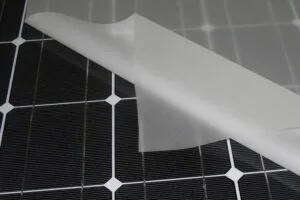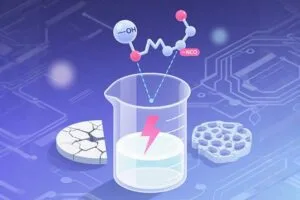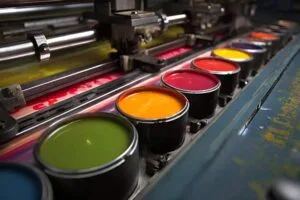Water-based polyurethane and solvent-based polyurethane are two different types of polyurethane finishes, and they differ in terms of their composition, properties, and applications. Here are the key differences between the two:
Composition
Water-Based Polyurethane (Waterborne PU): Water-based polyurethane is made by dispersing polyurethane resins in water. It contains a lower level of volatile organic compounds (VOCs) and is primarily water-soluble. This type of polyurethane often uses acrylic or aliphatic polyisocyanate resins.
Solvent-Based Polyurethane (Oil-Based PU): Solvent-based polyurethane is formulated with petrochemical-derived organic solvents (e.g., mineral spirits, toluene, xylene) as the carrier for polyurethane resins. This type of polyurethane can release higher levels of VOCs.
Environmental Impact
Water-Based Polyurethane: It is considered more environmentally friendly due to its lower VOC emissions. It has a reduced impact on air quality and is often favored for indoor use.
Solvent-Based Polyurethane: Solvent-based polyurethane can contribute to air pollution due to its higher VOC content. It is less environmentally friendly and may pose health risks, especially in poorly ventilated areas.
Odor and Drying Time
Water-Based Polyurethane: It typically has a milder odor and dries faster than solvent-based polyurethane. It is less likely to produce strong chemical smells and is ready for recoating or use within hours.
Solvent-Based Polyurethane: Solvent-based polyurethane can have a stronger, longer-lasting odor and requires a longer drying time, often taking several hours to a day or more between coats.
Appearance and Durability
Water-Based Polyurethane: Water-based polyurethane may have a slightly different appearance, with a clearer and less amber hue compared to solvent-based polyurethane. However, it can still provide a durable finish with good protection.
Solvent-Based Polyurethane: Solvent-based polyurethane tends to impart a warm, amber tone to the surface it’s applied to. It is known for its high durability and resistance to wear and tear.
How to improve the durability of water-based polyurethane dispersion?
- One effective method to improve the durability of water-based polyurethane dispersion (PUD) is by adding a crosslinking agent to the formulation. Crosslinking agents, such as carbodiimides or isocyanates, play a crucial role in enhancing the durability and performance of PUD in the following ways:
- Improved Mechanical Properties: Crosslinking agents create covalent bonds between polyurethane polymer chains, resulting in a more robust and cohesive network. This improves the mechanical properties of the PUD, making it more resistant to wear, abrasion, and physical damage.
- Enhanced Chemical Resistance: Crosslinked PUDs exhibit increased resistance to various chemicals, solvents, and environmental factors. This makes them suitable for applications in harsh or chemically aggressive environments.
- Increased Water and Moisture Resistance: Crosslinking agents help create a denser, less permeable film, which improves water and moisture resistance. This is especially important for applications exposed to humidity, rain, or water.
- Greater Adhesion Strength: Crosslinking enhances the adhesion of PUD to various substrates, ensuring a long-lasting bond. This is important for applications where adhesion is critical, such as wood coatings or laminates.
- Improved Scratch and Impact Resistance: Crosslinked PUDs tend to exhibit superior resistance to scratching and impacts, which is valuable in applications like flooring or automotive coatings.
Click to see more about application of crosslinking agent in PUD
Application and Cleanup
Water-Based Polyurethane: Water-based polyurethane is easier to clean up with water, and brushes or applicators can be washed easily. It also dries faster, allowing for quicker application of multiple coats.
Solvent-Based Polyurethane: Solvent-based polyurethane requires the use of mineral spirits or other solvents for cleanup. It has a longer drying time, which can extend the overall application process.
In summary, the primary differences between water-based polyurethane and solvent-based polyurethane are in their composition, environmental impact, odor, drying time, appearance, and ease of cleanup. Water-based polyurethane is often chosen for its lower environmental impact, faster drying time, and ease of application, while solvent-based polyurethane is known for its durability and warm amber tone but may have greater environmental concerns and longer drying times. The choice between the two depends on the specific needs and preferences of the project.

.jpg.webp)





